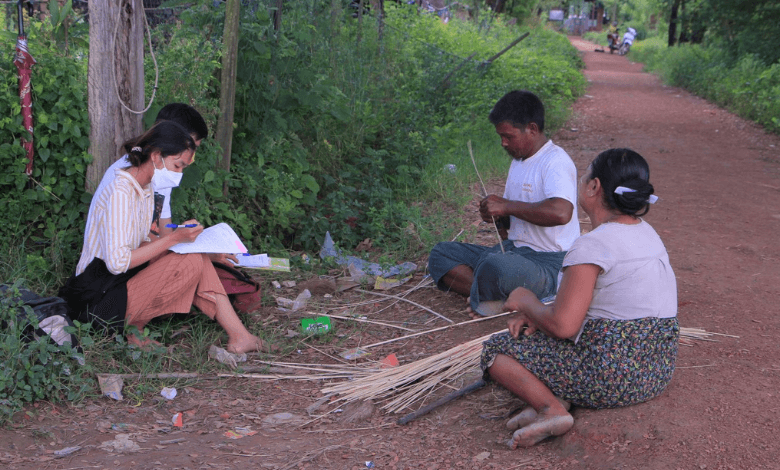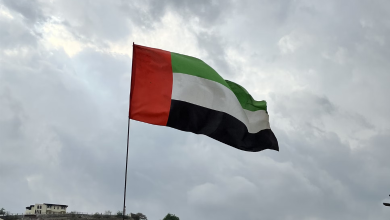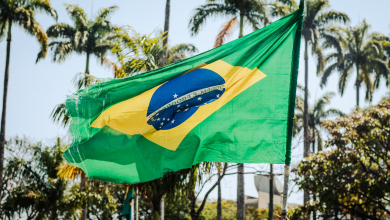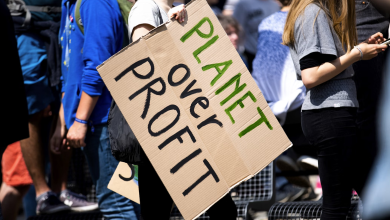Gulf of Mottama Project: A Game-Changer for Biodiversity Conservation

Find out how this innovative project is changing the way we protect our priceless natural environments. Get ready to see for yourself how cutting-edge surveillance systems and new ways of getting people involved in the community can help protect the world’s most endangered species.
Gulf of Mottama:
The region between Ayeyarwady and Yangon in Myanmar is a vast coastal area known as the Gulf of Mottama. The gulf’s distinct geographic location and diverse ecosystem have led to its recognition as one of Asia’s most significant hotspots for biodiversity.
Significance for Biodiversity Conservation:
At the regional and global levels, the Gulf of Mottama is essential to biodiversity conservation.
The Gulf of Mottama is unique in part because of its location along the East Asian-Australasian Flyway (EAAF). This route connects breeding grounds in the north with wintering sites in Southeast Asia, spanning several nations from Siberia to Australia and New Zealand. Millions of migratory waterbirds use the gulf as a crucial rest stop on their lengthy flights over this flyway.
Overview Of The SDC Gulf Of Mottama Project’s History And Goals
The SDC Gulf of Mottama Project, which aims to conserve and preserve the distinctive biodiversity found in the Gulf of Mottama region, is one of their major projects in this area.
Read More: What Is Global Warming?
Situated within the Ayeyarwady Delta of Myanmar, the Gulf of Mottama is an extensive wetland region encompassing more than 4,000 square kilometers. It is home to a wide variety of flora and fauna, including several migratory birds, green sea turtles, and endangered species like Irrawaddy dolphins. Thousands of local communities rely on the region’s natural resources for tourism, agriculture, and fishing, which also support their way of life.
But the Gulf of Mottama, like many other coastal areas across the world, is under constant threat from industrialization, unsustainable fishing methods, fast urbanization, and climate change. The area’s habitats have deteriorated and its biodiversity has decreased as a result of these threats.
With support from the Global Environment Facility (GEF), SDC began the Gulf of Mottama Project in 2016 as a response to these issues. There are a few goals of the project:
Conserving Biodiversity:
The project’s main goal is to preserve the Gulf’s marine and coastal ecosystems by putting sustainable management techniques into place. Creating protected areas for vital habitats like mangrove forests and seagrass beds.
An Outline Of IU CN’s And NAG’s Participation In The Project
The Network Activities Group (NAG) and the International Union for Conservation of Nature (IUCN) have been important collaborators in the SDC Gulf of Mottama Project, contributing significantly to its impact and success.
IUCN is a technical partner in the SDC Gulf of Mottama Project, offering advice and support to make sure the project’s operations are in line with global best practises.
IUCN’s proficiency in creating conservation plans for biodiversity has been one of the project’s primary contributions. IUCN carried out a thorough evaluation of the Gulf’s biodiversity hotspots as part of the project’s initial phase and determined priority areas for conservation action. The foundation for developing focused interventions meant to safeguard important ecosystems and species was provided by this analysis.
Furthermore, IUCN was crucial in helping local communities develop their capacity for managing and monitoring biodiversity. The group conducted training sessions on ecosystem monitoring methods, including camera-trapping surveys and habitat assessments, for the local communities. These initiatives have improved local expertise while also supplying insightful data to guide decision-making.
Apart from providing technical assistance, IUCN additionally fostered collaborations among diverse stakeholders engaged in the project’s principal discoveries and consequences concerning the preservation of biodiversity in the Gulf of Mottama.
The Swiss Agency for Development and Cooperation (SDC) has changed the game for the conservation of biodiversity in the Gulf of Mottama with its implementation of the SDC Gulf of Mottama Project. With over 250 different species of migratory birds depending on the region’s rich marine and coastal ecosystems for their livelihood, this ambitious project aims to preserve and restore these environments.
The project has produced noteworthy results after years of committed work, which have improved the conservation of biodiversity in the Gulf of Mottama.
These are some of the major conclusions and effects of this innovative project.
1. Preserving vital environments
Protecting important habitats like mangroves, seagrass beds, and coral reefs was one of the main objectives of the SDC Gulf of Mottama Project. These habitats are essential for preserving high levels of biodiversity.
The project’s interventions have resulted in the implementation of sustainable fishing practices and the establishment of no-take zones, among other protection measures. The quality of the habitat has significantly improved as a result, and the number of species has increased.
2. Greater understanding within the community:
Another goal of the SDC Gulf of Mottama Project is to increase the understanding within the community regarding the significance of protecting their natural resources. The people who live along the coast now have a better understanding of how their actions can affect marine life thanks to community engagement programmes and workshops.
The SDC Gulf of Mottama Project has changed the game significantly for the conservation of biodiversity in the area, as demonstrated by the many heartwarming tales and case studies that come from its execution.



